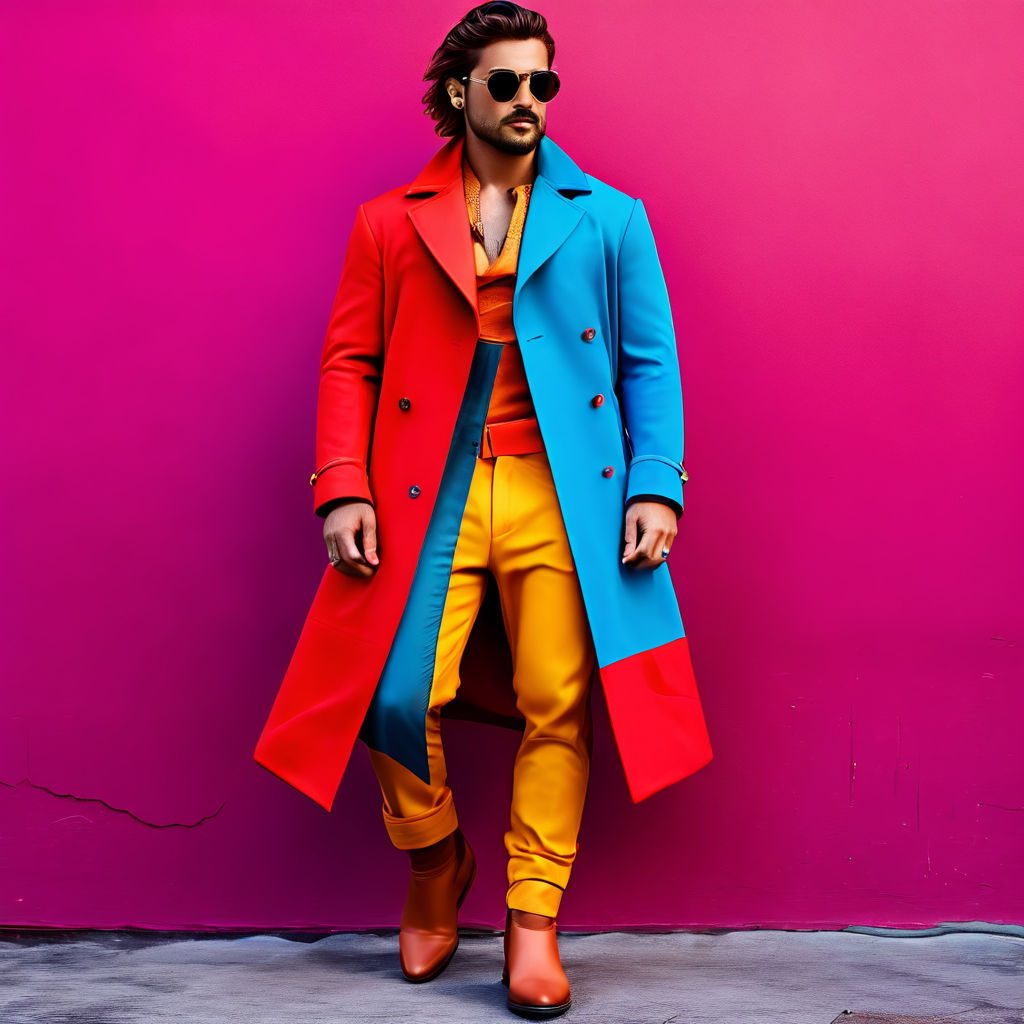Fashion and politics are deeply intertwined, often reflecting and influencing societal norms, values, and power structures. Throughout history, fashion has served as a tool for political expression, social commentary, and cultural transformation. Here are some of the key connections between the two:
1. Symbolism in Clothing
Historical Examples:
- French Revolution (18th Century): Clothing became a way to align with revolutionary ideals. The sans-culottes (literally „without breeches“) rejected aristocratic fashion, favoring simple trousers as a political statement against the monarchy and upper class.
- Suffragette Movement (19th-20th Century): Suffragettes used fashion strategically, wearing white to symbolize purity and incorporating purple and green to represent dignity and hope. Their style reinforced their cause while challenging stereotypes of femininity.
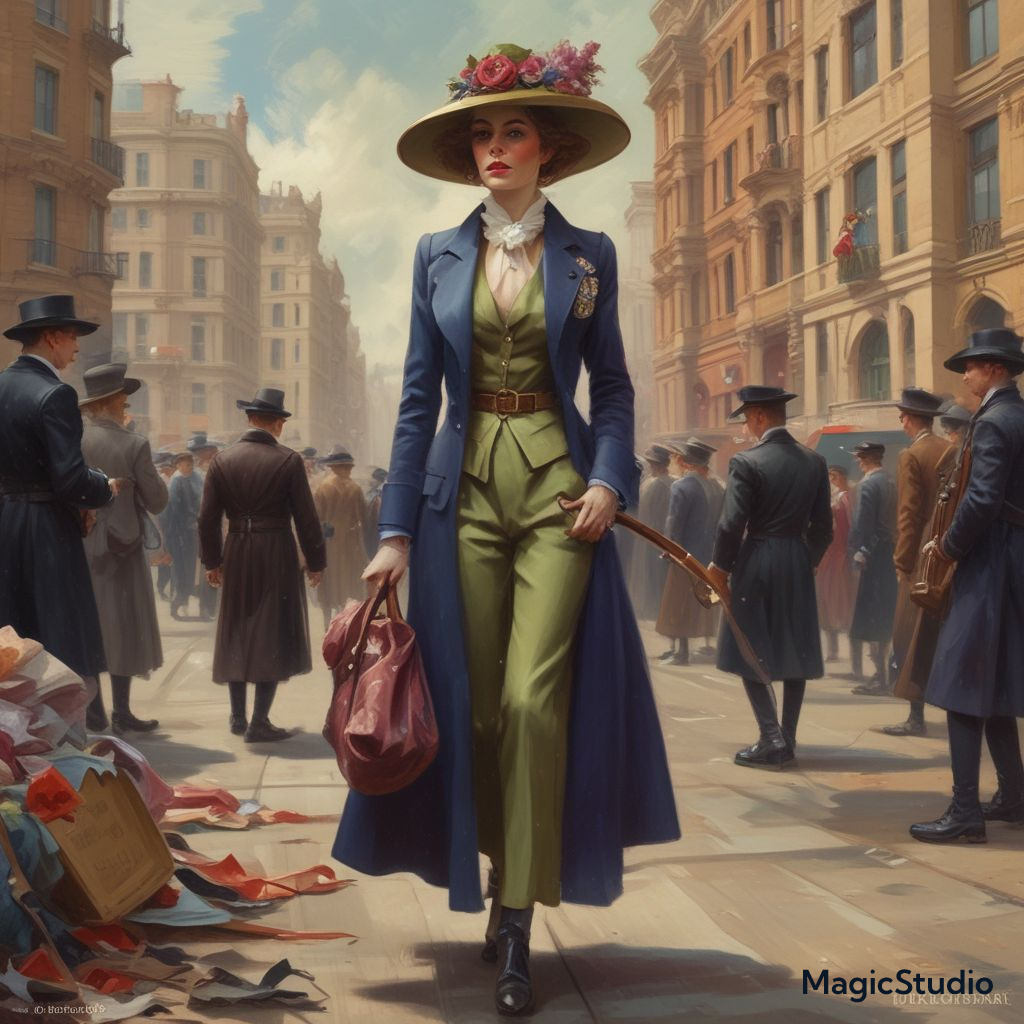
Modern Instances:
- Political figures often use specific colors or styles to signal allegiance, such as wearing red, blue, or green ties in elections, or adopting traditional garments to connect with cultural heritage.
- Black became a symbol of solidarity against sexual harassment during the 2018 Golden Globes, as part of the #MeToo movement.
2. Dress Codes and Power Dynamics
Fashion is often used to enforce or challenge power structures.
- Uniforms: Military and police uniforms signify authority, but similar styles have been adopted by countercultural groups to challenge power, such as the Black Panthers in the 1960s.
- Workplace Attire: Policies on what constitutes „professional dress“ often reflect deeper societal biases about gender, race, and class. Women wearing pantsuits in male-dominated fields, for example, became a political statement of equality.
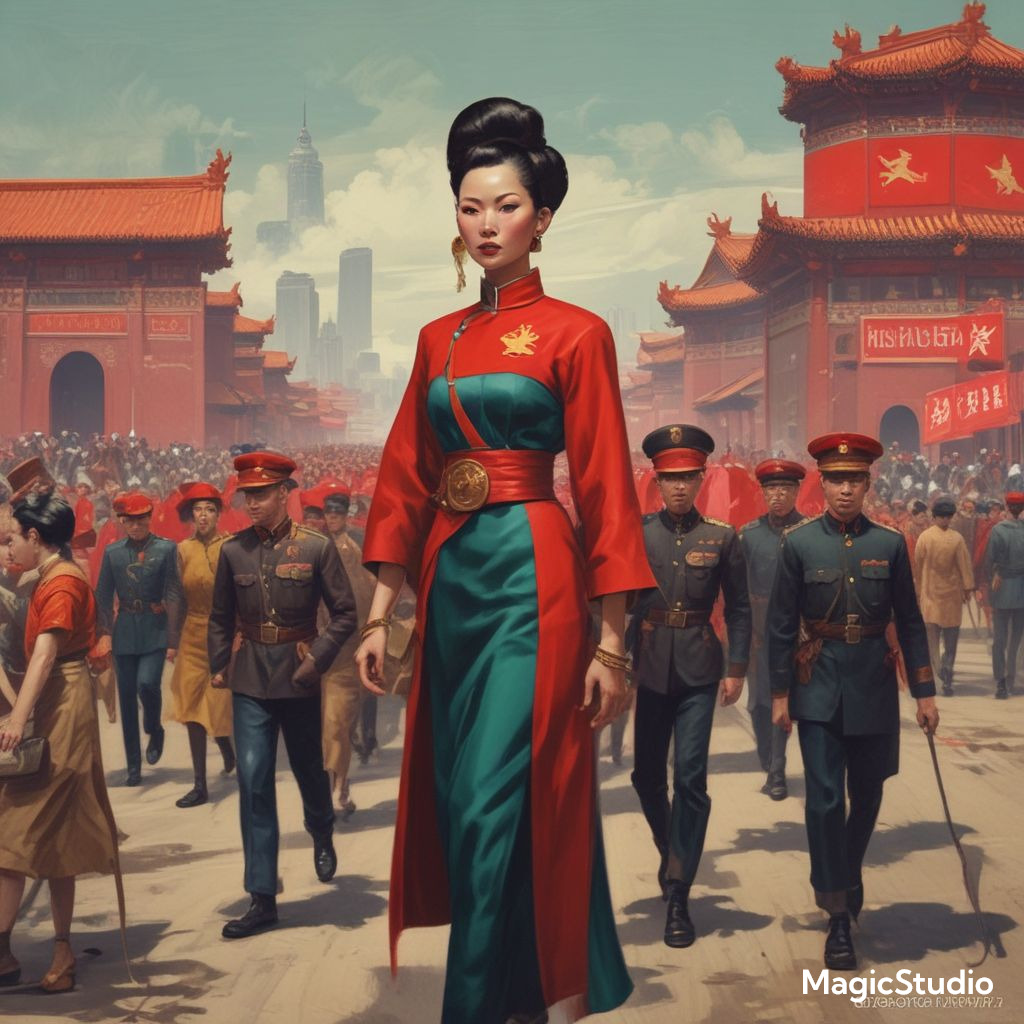
3. Fashion as Resistance
Clothing has been used as a form of resistance against oppression and injustice.
- The Zoot Suit Riots (1940s): In the U.S., Mexican-American youths wore flamboyant zoot suits as a form of cultural pride. Their style became a flashpoint for racial tensions during World War II, leading to clashes with authorities.
- Anti-Apartheid in South Africa: The vibrant prints of South African designers were used to celebrate cultural identity and resist cultural erasure during apartheid.
- Hijab and Modesty Wear: For some women, wearing a hijab or modest clothing is a choice of empowerment and resistance against Western beauty standards or political bans.
4. Globalization and Trade Politics
The fashion industry is heavily influenced by global trade policies and labor rights.
- Fast Fashion and Exploitation: The outsourcing of production to countries with lax labor laws has led to political debates about workers‘ rights, environmental degradation, and consumer responsibility.
- Cultural Appropriation: Fashion often draws inspiration from diverse cultures, but when done without respect or acknowledgment, it sparks political and social debates about ownership, exploitation, and representation.
5. Activism Through Fashion
Many brands and designers now use their platforms to engage in political discourse.
- Slogan Tees: Shirts with phrases like “We Should All Be Feminists” (Dior) or „Black Lives Matter“ have become tools for raising awareness and sparking conversations.
- Sustainable Fashion: Designers advocating for eco-friendly and ethical practices challenge the industry to address climate change and social justice.
- Pride Collections: Many brands release collections during Pride Month to support LGBTQ+ rights, though this is sometimes criticized as performative „rainbow capitalism.“
6. Political Uniforms and Dress Codes
Leaders and political figures often craft their image through fashion.
- Margaret Thatcher: Known as the „Iron Lady,“ her power suits and pearls became a symbol of authority and conservative values.
- Barack Obama: His choice to wear the same suit style daily became a statement about decision fatigue and efficiency.
- Kamala Harris: Her Converse sneakers during the 2020 U.S. election campaign symbolized relatability and modern leadership.
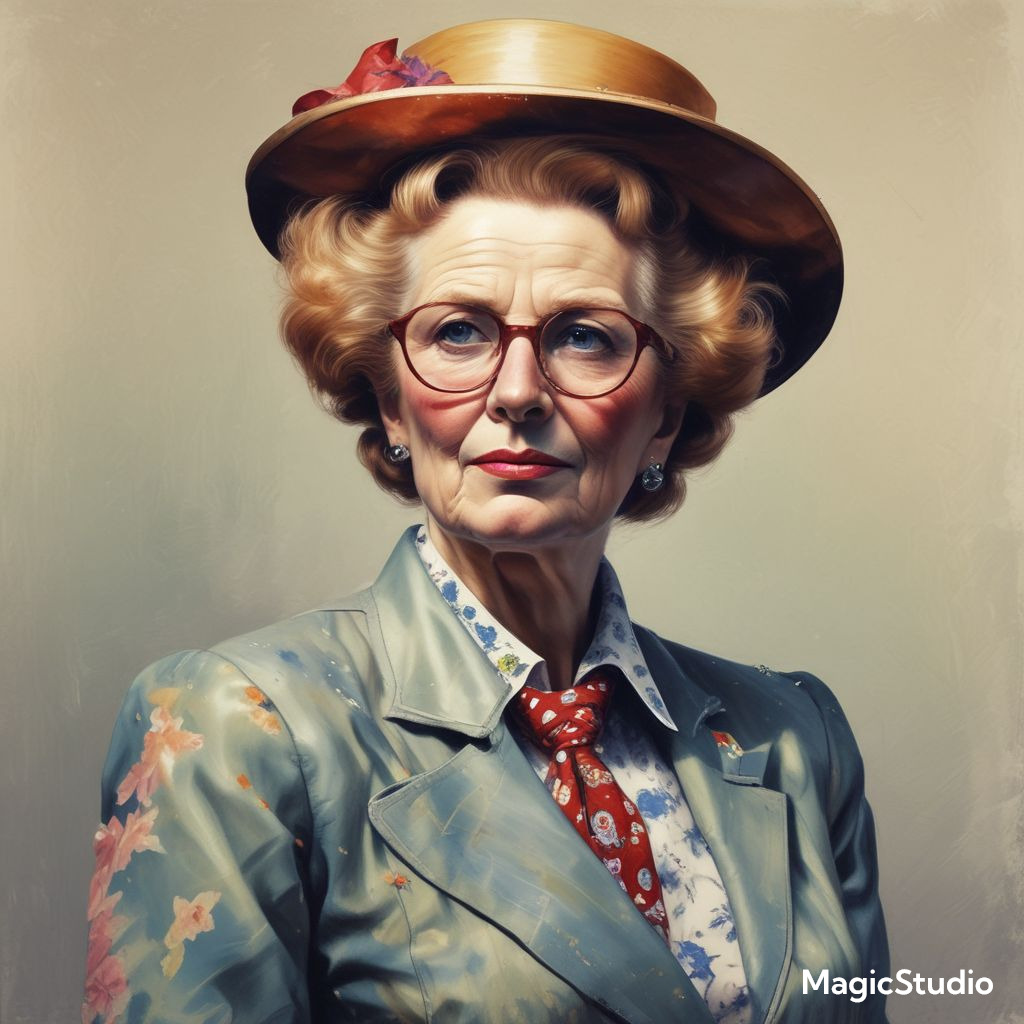
7. Cultural Diplomacy Through Fashion
Fashion is a soft-power tool in international relations.
- First Ladies and Diplomacy: Jackie Kennedy and Michelle Obama used fashion to promote American designers and bridge cultural divides.
- Traditional Attire on Global Stages: Leaders often wear traditional clothing during diplomatic events to honor their heritage and foster cross-cultural respect.
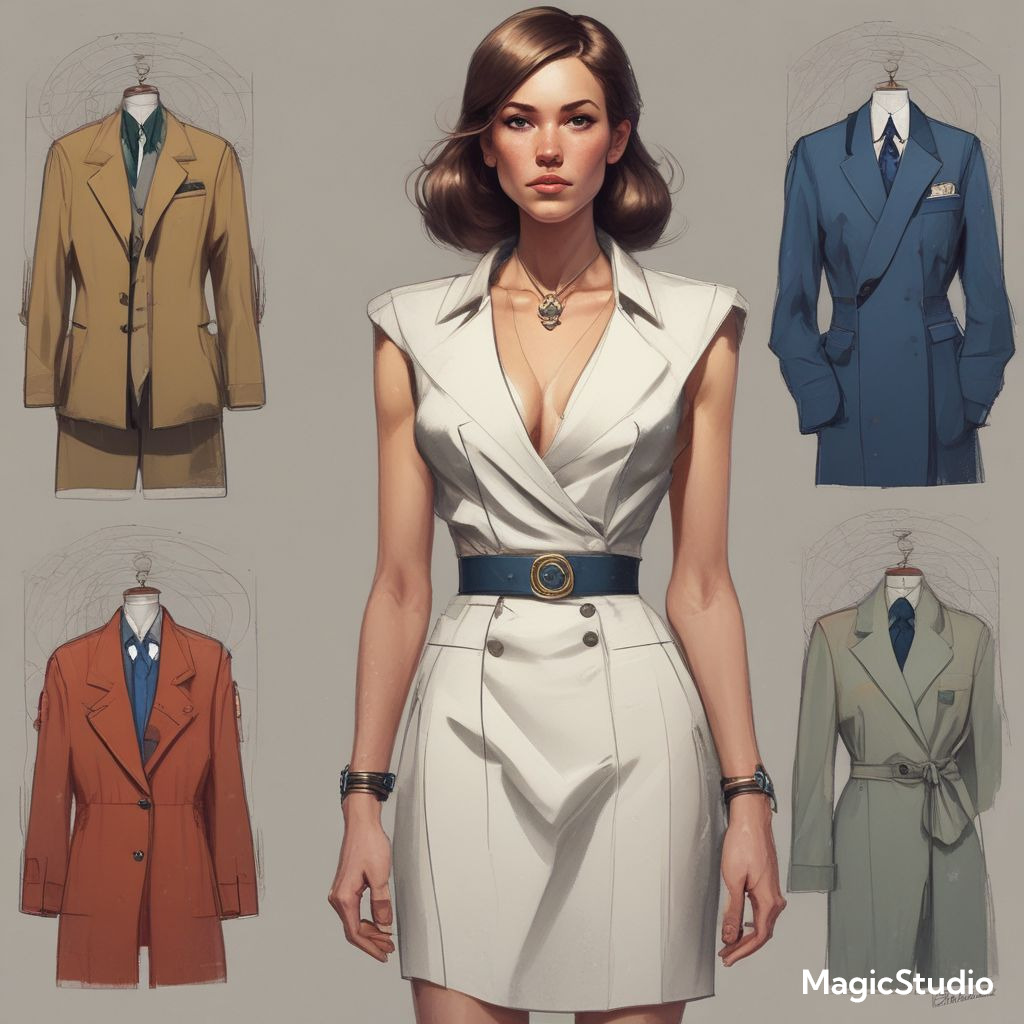
8. Revolutionary Subcultures
Subcultures use fashion to express dissent and challenge societal norms.
- Punk Movement (1970s): Ripped clothing, safety pins, and provocative imagery criticized consumerism and authoritarianism.
- Hip-Hop Fashion (1980s-1990s): Oversized clothing, sneakers, and gold chains became symbols of resistance and cultural pride in marginalized communities.
Conclusion
Fashion and politics are inseparable, each shaping and reflecting the other in profound ways. From historical revolutions to contemporary activism, clothing continues to serve as a visual language for identity, power, and resistance. As society evolves, so too will the political dimensions of fashion, ensuring its role as a powerful tool for change and expression.

